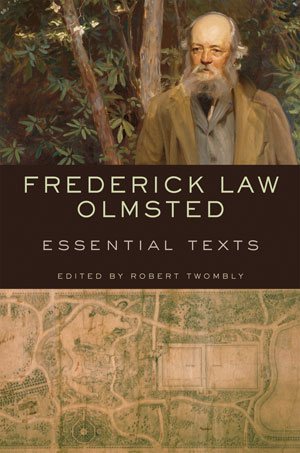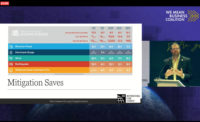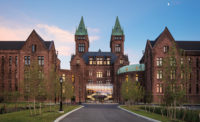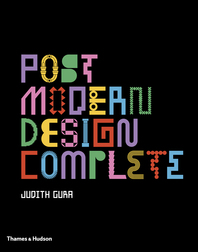
Generally speaking, the writings of designers are not as important to understanding their intentions as their actual work. Frederick Law Olmsted’s copious writings are an exception, for two reasons. He was a man of letters before he was a landscape architect. He wrote The Cotton Kingdom, an influential chronicle of his travels as a newspaper correspondent in the ante-bellum South, edited Putnam’s Magazine, an important literary journal, and co-founded The Nation. Moreover, because he was not formally trained in an art or design school, Olmsterd approached park and landscape design intellectually rather than graphically, and he explored ideas in written form before—and sometimes after—giving them physical shape. Thus, this book is more than a collection of historical documents, it is a window into the mind of an extraordinary individual who invented the profession of landscape architecture and continues to dominate that field to this day.
This collection of 16 essays, articles, and lectures was assembled by Robert Twombly, who teaches architectural history at the City College of New York and is the author of a well-regarded biography of Louis Sullivan. The Olmsted anthology includes such classics as “The People’s Park at Birkenhead,” later a chapter in Olmsted’s first book, Walks and Talks of an American Farmer in England, as well as his impassioned argument for urban open space, “Public Parks and the Enlargement of Towns.”
Of particular interest is a sort of after-action report on the planning and implementation of the 1893 World’s Columbian Exposition in Chicago. Although much maligned by modernist architectural historians, this epochal national demonstration of urban design had a positive influence on American city planning for the next half century. It was the crowning achievement of a nineteenth-century giant whose achievements, like those of Daniel Burnham or H. H. Richardson—with both of whom he collaborated—encapsulate an age.




Post a comment to this article
Report Abusive Comment